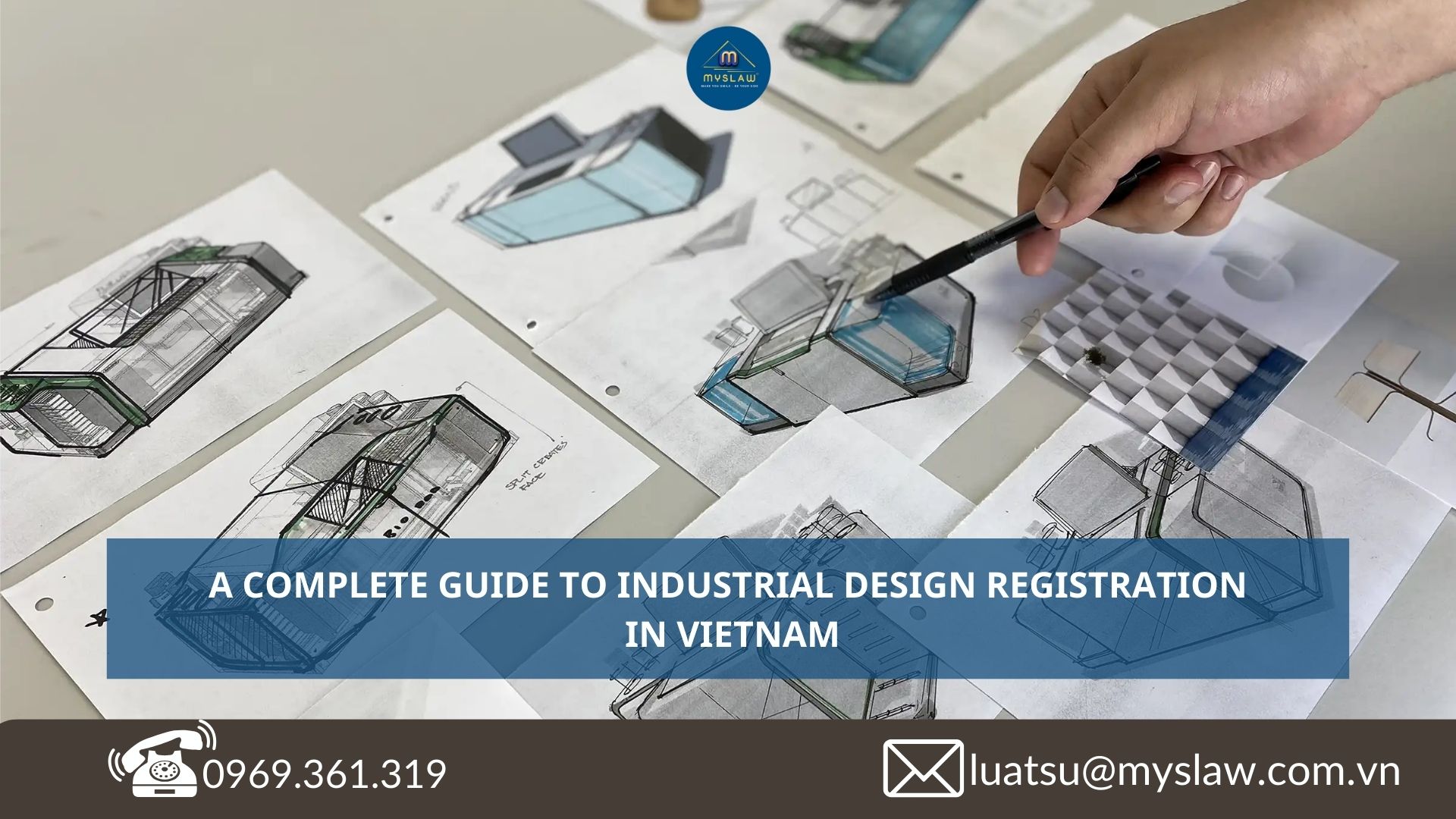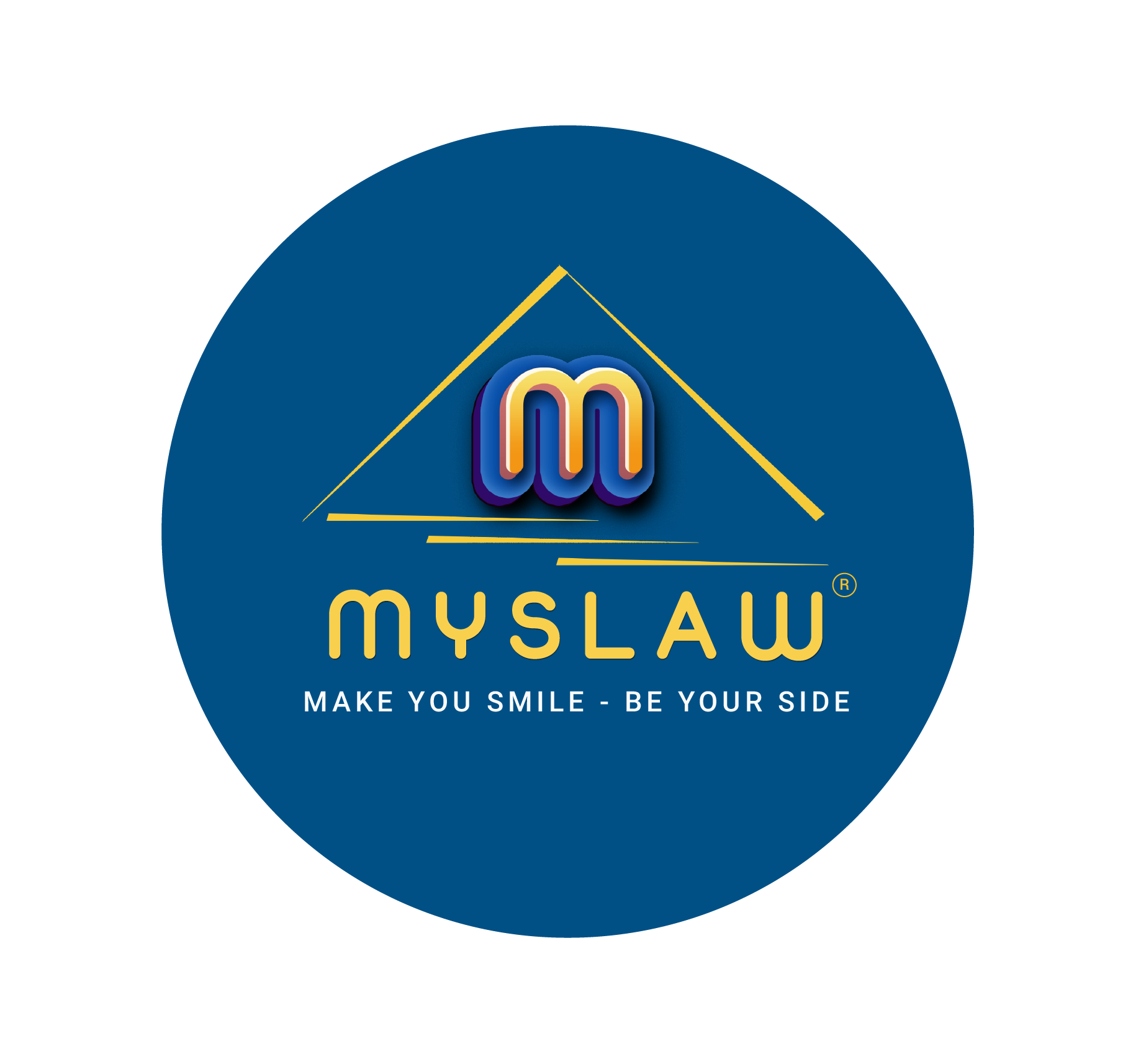What is an Industrial Design?
An industrial design refers to the outward appearance of a product, characterized by three-dimensional configurations, lines, and colors, or a combination of these elements. To qualify for protection in Vietnam, an industrial design must meet the criteria of novelty, creativity, and susceptibility to industrial application.
However, certain objects cannot be protected as industrial designs under the Law on Intellectual Property 2005. These include outward appearances dictated solely by the product’s functions, the outward appearance of civil or industrial construction works, and shapes of products that are invisible during their use.

Establishing Rights for Industrial Designs
Rights to an industrial design are granted based on a decision by the National Office of Intellectual Property (NOIP) to issue a protection title. Industrial design owners can either submit their dossiers directly to the NOIP or authorize an intellectual property (IP) representative, such as Viet An Law Firm, to handle the registration process.
Key Conditions for Industrial Design Protection
Industrial designs must be novel globally. If a design is disclosed publicly before registration, it may be deemed unoriginal and thus unprotected. Another important condition is susceptibility to industrial application, meaning the design must be suitable for mass manufacturing.
Assessment Before Registration
To increase the likelihood of successful registration and reduce costs and time, it is advisable to conduct a pre-assessment of the industrial design’s registrability.
Pre-assessment helps evaluate the success rate of registration and provides recommendations for enhancing registrability in cases where the likelihood of success is low. If the assessment result is favorable, the dossier submission process can proceed with greater confidence.
Required Documents for Registration
The dossier must include an industrial design registration declaration form published by the NOIP (three sets), a power of attorney if a representative is authorized, images or drawings showing all perspectives of the design, and a detailed description of the industrial design (three sets).
If the industrial design includes a trademark, proof of trademark ownership is required. For international agreements, documents demonstrating priority privileges, such as copies of the first application form, must also be included.
Some documents can be submitted after the initial dossier submission. For example, the power of attorney can be submitted within one month, and additional documents, such as a Vietnamese version of the description, may be provided within 30 months.
Duration of the Registration Process
The formal examination typically takes one month, during which the NOIP evaluates the dossier’s formality, images, ownership details, and other technical requirements. If the dossier meets the requirements, the NOIP issues an acceptance notice. Otherwise, adjustments are required.
Publication of the registration lasts two months, where details such as design images and classification are made public. The substantive examination takes nine months, during which the NOIP determines whether the industrial design meets the criteria for protection. If approved, the applicant is notified of the intended grant. If denied, the applicant may appeal or provide additional evidence.
Once the granting fees are paid, the protection title is issued within two to three months.
Duration and Renewal of Protection
The initial protection period for an industrial design is five years from the submission date. This period can be renewed twice, each for an additional five years, providing a maximum protection duration of fifteen years. After this period, the design enters the public domain, allowing others to use it without the owner’s permission.
The above information is provided by Mys Law. For any questions regarding the content of this article, please contact 0969.361.319 or email: [email protected] for further clarification. Best regards!
Compiler: Nguyen Anh Quan





